-
 Bitcoin
Bitcoin $112200
0.96% -
 Ethereum
Ethereum $4310
0.64% -
 XRP
XRP $2.978
4.28% -
 Tether USDt
Tether USDt $0.9999
-0.02% -
 BNB
BNB $877.9
0.29% -
 Solana
Solana $215.6
6.68% -
 USDC
USDC $0.9997
-0.02% -
 Dogecoin
Dogecoin $0.2387
7.54% -
 TRON
TRON $0.3316
0.73% -
 Cardano
Cardano $0.8633
4.49% -
 Hyperliquid
Hyperliquid $50.46
7.52% -
 Chainlink
Chainlink $23.01
3.82% -
 Ethena USDe
Ethena USDe $1.001
-0.01% -
 Sui
Sui $3.469
2.94% -
 Stellar
Stellar $0.3750
4.79% -
 Bitcoin Cash
Bitcoin Cash $587.2
-2.71% -
 Avalanche
Avalanche $25.48
4.50% -
 Hedera
Hedera $0.2258
3.79% -
 UNUS SED LEO
UNUS SED LEO $9.548
0.05% -
 Litecoin
Litecoin $112.7
-1.24% -
 Cronos
Cronos $0.2527
-2.26% -
 Toncoin
Toncoin $3.098
-0.03% -
 Shiba Inu
Shiba Inu $0.00001287
4.08% -
 Polkadot
Polkadot $4.037
1.46% -
 Uniswap
Uniswap $9.567
3.02% -
 Dai
Dai $0.9997
-0.01% -
 Ethena
Ethena $0.7735
5.26% -
 World Liberty Financial
World Liberty Financial $0.2077
-7.48% -
 Monero
Monero $271.3
0.38% -
 Aave
Aave $302.8
1.35%
How to track NFT whale wallets?
Tracking NFT whale wallets can reveal market trends, offering insights into purchases, price shifts, and potential project pumps or dumps.
Jul 22, 2025 at 08:57 pm
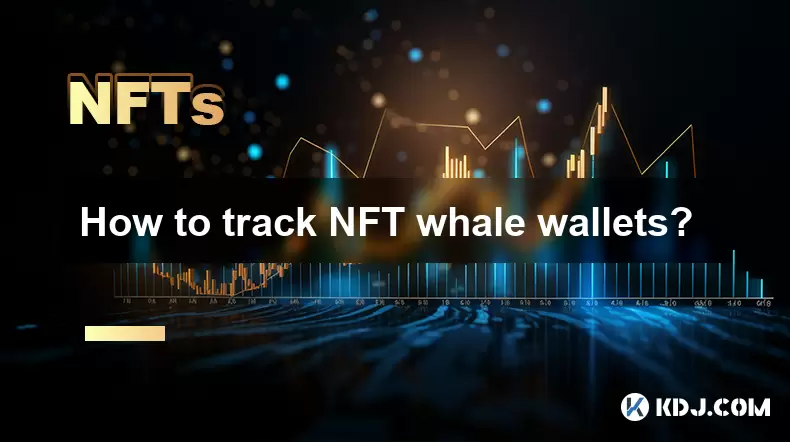
Understanding the Concept of NFT Whales
In the world of non-fungible tokens (NFTs), a 'whale' refers to an individual or entity that holds a large number of high-value digital assets. These wallets are often watched closely by investors and collectors due to their potential influence on market trends. Tracking NFT whale wallets can provide valuable insights into buying patterns, upcoming floor price changes, and even possible project pumps or dumps.
To effectively track these influential wallets, users need to understand how blockchain transactions work and what tools are available for real-time monitoring.
Selecting the Right Blockchain Explorers
The foundation of tracking NFT whale wallets lies in using blockchain explorers tailored for NFT ecosystems. Platforms like Etherscan (for Ethereum), BscScan (for Binance Smart Chain), and PolygonScan (for Polygon) allow users to look up wallet addresses and view transaction histories.
- Use Etherscan.io to input a known whale wallet address.
- Review the token transfers section to identify NFT purchases and sales.
- Filter by contract interactions related to specific NFT collections.
These explorers offer APIs that developers or analysts can use to automate data collection from multiple whale addresses simultaneously.
Leveraging NFT Analytics Platforms
Beyond basic blockchain explorers, there are specialized NFT analytics platforms designed to track whale activities more efficiently. Websites such as DappRadar, CoinGecko NFT, and OpenSea Analytics aggregate data across various blockchains and highlight top traders and recent significant movements.
- Search for the wallet address directly within the platform.
- Observe metrics like total volume traded, most active collections, and recent buys/sells.
- Set up alerts for new activity from tracked wallets.
Some platforms also categorize whales based on their behavior, such as flippers, hodlers, or early investors, offering deeper insight into market sentiment.
Utilizing Whale Tracking Tools and Discord Communities
There are dedicated tools and communities focused exclusively on tracking NFT whale wallets. Services like WhaleStats, Nansen, and Lookonchain monitor top NFT holders and provide dashboards showing their current holdings and recent trades.
- Subscribe to real-time alerts via email or Discord.
- Explore pre-built dashboards showcasing whale portfolios.
- Join Discord servers where members share updates on whale movements instantly.
These communities often track newly identified whale wallets and analyze their activity in real time, which can be especially useful for spotting emerging trends before they go mainstream.
Setting Up Custom Alerts and Monitoring Scripts
For advanced users, setting up custom monitoring scripts can offer granular control over how NFT whale wallets are tracked. This involves interacting with blockchain explorers' APIs or third-party NFT APIs to pull transaction data automatically.
- Register for API access on platforms like Alchemy or Infura.
- Write a script (using Python or Node.js) to poll wallet addresses at regular intervals.
- Configure webhooks to send notifications when certain conditions are met (e.g., a whale buys an NFT above a specific value).
This method allows for scalable monitoring of multiple whale wallets simultaneously and can integrate with trading strategies or alert systems.
FAQ: Frequently Asked Questions About Tracking NFT Whale Wallets
What defines a wallet as an NFT whale?An NFT whale wallet is typically defined by the volume and value of NFTs held within it. While there's no strict threshold, wallets containing rare or high-floor-price assets, or those making frequent large-volume trades, are often considered whales.
Can I track NFT whale wallets across different blockchains?Yes, many analytics platforms and tracking tools support multi-chain tracking. For example, Nansen and DappRadar allow users to monitor whale activity across Ethereum, Polygon, Binance Smart Chain, and others.
Are there risks associated with copying whale trades?While tracking NFT whale wallets can provide useful insights, it's important to conduct your own research. Whales may manipulate markets or engage in wash trading, so blindly following their moves can lead to losses.
How do I find unknown NFT whale wallets?You can discover new whale wallets by exploring top holder lists on NFT marketplaces like OpenSea or LooksRare, or by using analytics platforms that highlight recently active large-volume wallets.
Disclaimer:info@kdj.com
The information provided is not trading advice. kdj.com does not assume any responsibility for any investments made based on the information provided in this article. Cryptocurrencies are highly volatile and it is highly recommended that you invest with caution after thorough research!
If you believe that the content used on this website infringes your copyright, please contact us immediately (info@kdj.com) and we will delete it promptly.
- Bitcoin to $200,000? Tom Lee's Bold Prediction and the Crypto Market's Q4 Surge
- 2025-09-09 02:25:16
- El Salvador's Bitcoin Bet: Bold Moves, Big Gains, and a Dash of Naysaying
- 2025-09-09 02:45:13
- Bitcoin Mixing with Coinomize: Staying Secure in the Crypto World
- 2025-09-09 03:05:12
- Solana Price, Remittix Gains, Trader Tips: Navigating the Altcoin Landscape
- 2025-09-09 02:45:13
- MEXC, Memecoins, and Pump Fun: Riding the Crypto Wave
- 2025-09-09 03:05:12
- Dogecoin, Meme Coins, and 2025: What's the Hype?
- 2025-09-09 02:50:12
Related knowledge
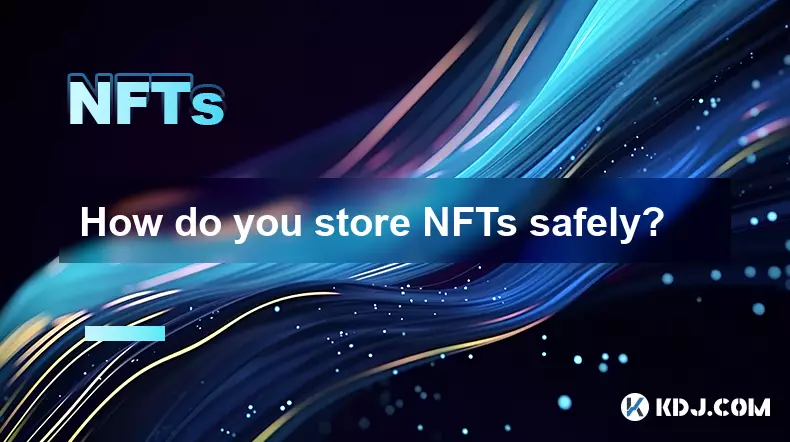
How do you store NFTs safely?
Sep 09,2025 at 02:54am
Understanding NFT Storage Fundamentals1. NFTs, or non-fungible tokens, are digital assets verified on a blockchain, typically representing ownership o...
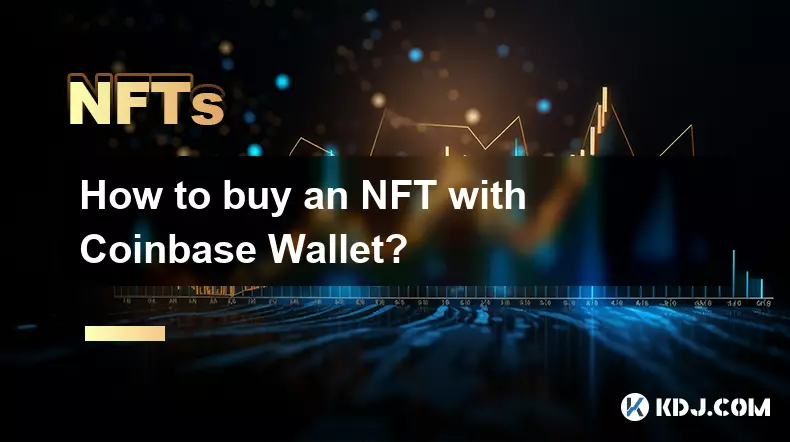
How to buy an NFT with Coinbase Wallet?
Sep 05,2025 at 04:54am
Setting Up Your Coinbase Wallet1. Download the Coinbase Wallet app from the App Store or Google Play Store. The application functions as a standalone ...
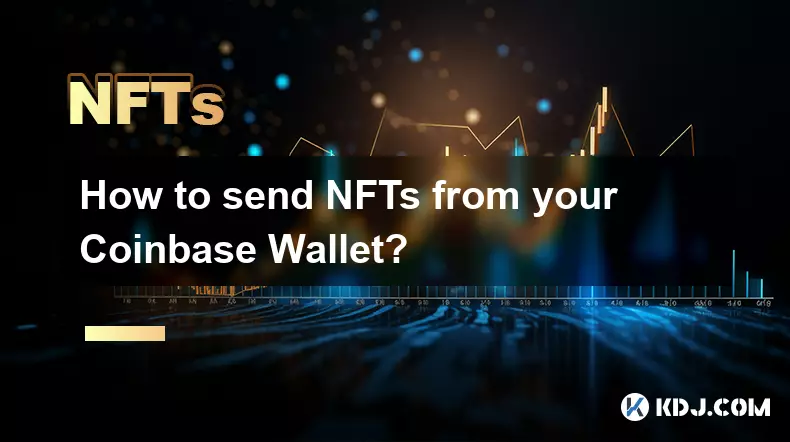
How to send NFTs from your Coinbase Wallet?
Sep 08,2025 at 12:36am
Sending NFTs from Coinbase Wallet: A Step-by-Step Guide1. Open the Coinbase Wallet app on your mobile device and ensure you are logged into the correc...
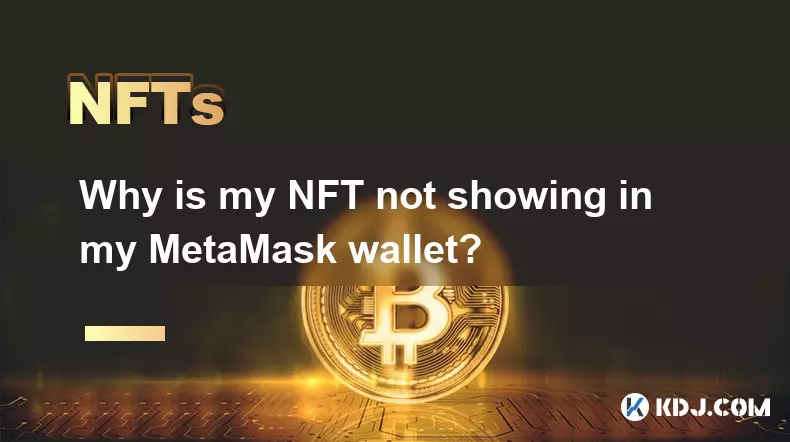
Why is my NFT not showing in my MetaMask wallet?
Sep 05,2025 at 07:55am
Understanding NFT Visibility in MetaMask1. MetaMask is a digital wallet that supports Ethereum and other EVM-compatible blockchains, allowing users to...
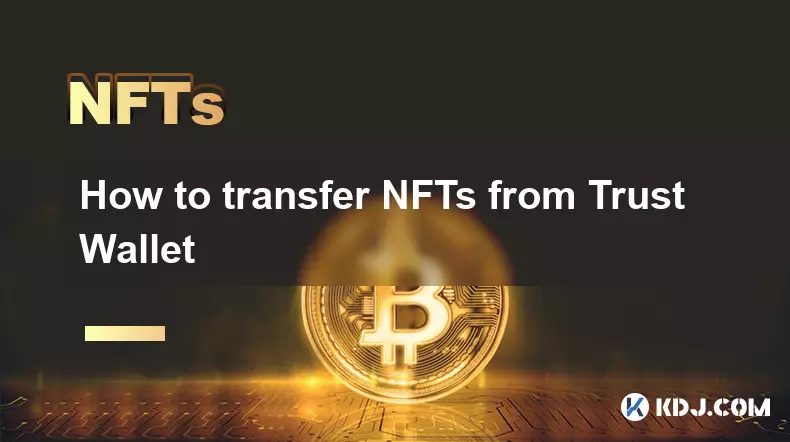
How to transfer NFTs from Trust Wallet
Sep 07,2025 at 09:00am
Understanding NFT Transfers from Trust Wallet1. Trust Wallet is a widely used mobile cryptocurrency wallet that supports a variety of blockchain netwo...
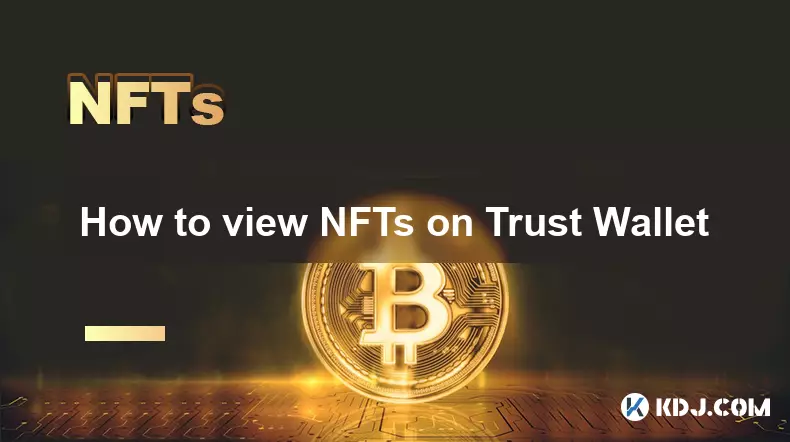
How to view NFTs on Trust Wallet
Sep 08,2025 at 11:37am
Accessing NFTs in Trust Wallet1. Open the Trust Wallet application on your mobile device and ensure you are logged into your account. The app supports...

How do you store NFTs safely?
Sep 09,2025 at 02:54am
Understanding NFT Storage Fundamentals1. NFTs, or non-fungible tokens, are digital assets verified on a blockchain, typically representing ownership o...

How to buy an NFT with Coinbase Wallet?
Sep 05,2025 at 04:54am
Setting Up Your Coinbase Wallet1. Download the Coinbase Wallet app from the App Store or Google Play Store. The application functions as a standalone ...

How to send NFTs from your Coinbase Wallet?
Sep 08,2025 at 12:36am
Sending NFTs from Coinbase Wallet: A Step-by-Step Guide1. Open the Coinbase Wallet app on your mobile device and ensure you are logged into the correc...

Why is my NFT not showing in my MetaMask wallet?
Sep 05,2025 at 07:55am
Understanding NFT Visibility in MetaMask1. MetaMask is a digital wallet that supports Ethereum and other EVM-compatible blockchains, allowing users to...

How to transfer NFTs from Trust Wallet
Sep 07,2025 at 09:00am
Understanding NFT Transfers from Trust Wallet1. Trust Wallet is a widely used mobile cryptocurrency wallet that supports a variety of blockchain netwo...

How to view NFTs on Trust Wallet
Sep 08,2025 at 11:37am
Accessing NFTs in Trust Wallet1. Open the Trust Wallet application on your mobile device and ensure you are logged into your account. The app supports...
See all articles
























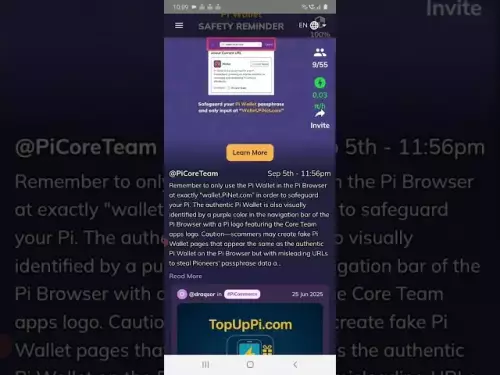
![[Pycoin] PI Coin -US President (Trump) Declaration ?? !! 'US' runs first. / Paikoin mining speed acceleration [Pycoin] PI Coin -US President (Trump) Declaration ?? !! 'US' runs first. / Paikoin mining speed acceleration](/uploads/2025/09/08/cryptocurrencies-news/videos/pycoin-pi-coin-president-trump-declaration-runs-paikoin-mining-speed-acceleration/68bed38c01e7a_image_500_375.webp)






























































